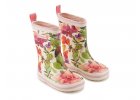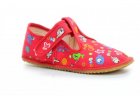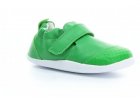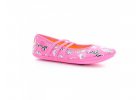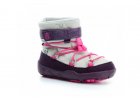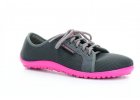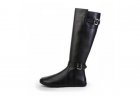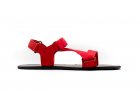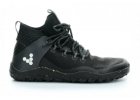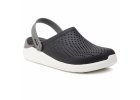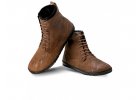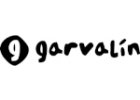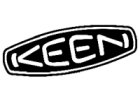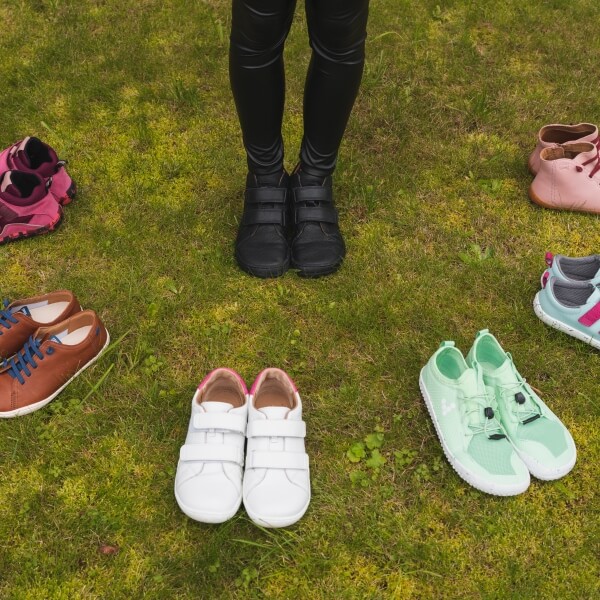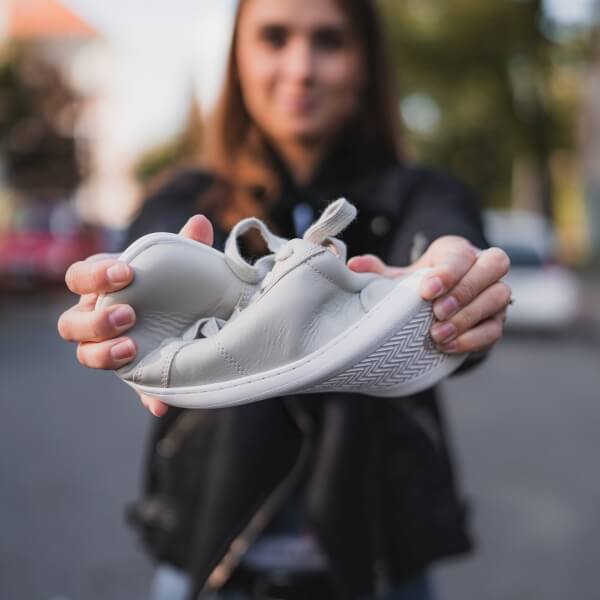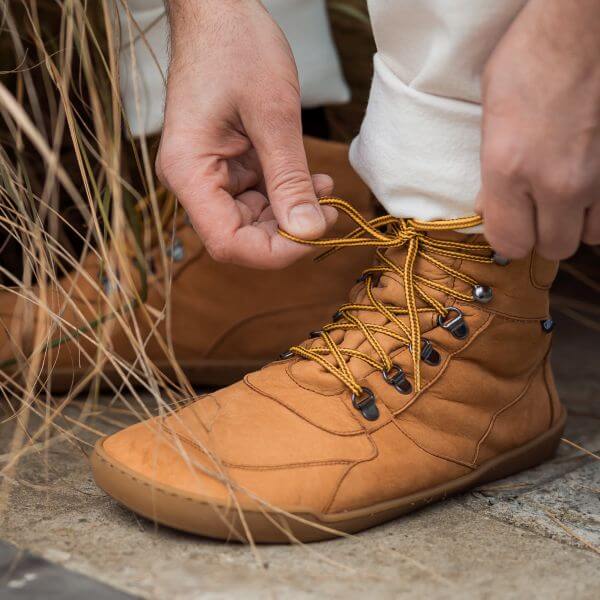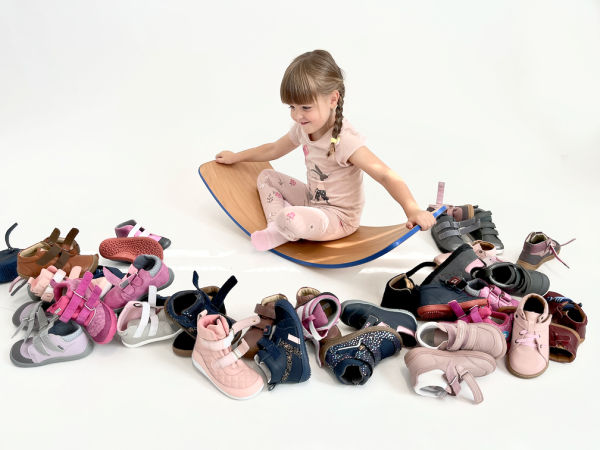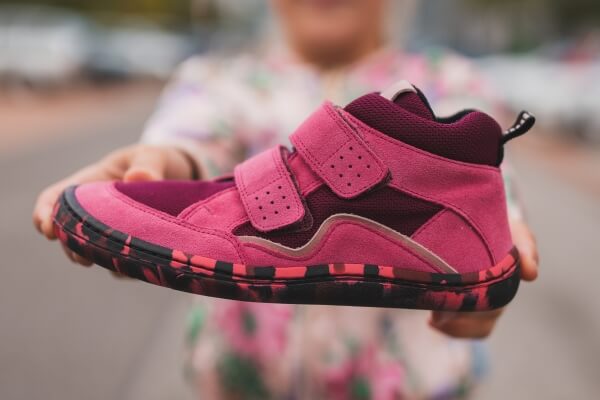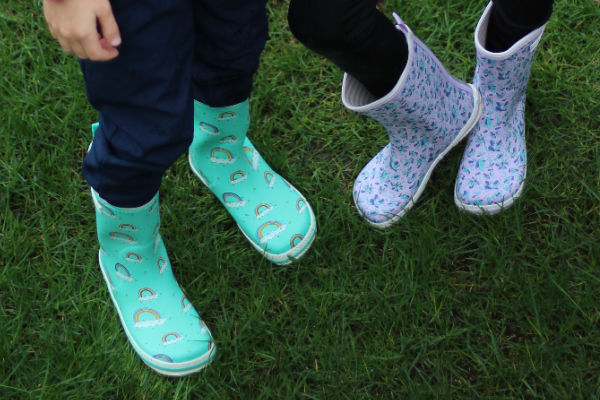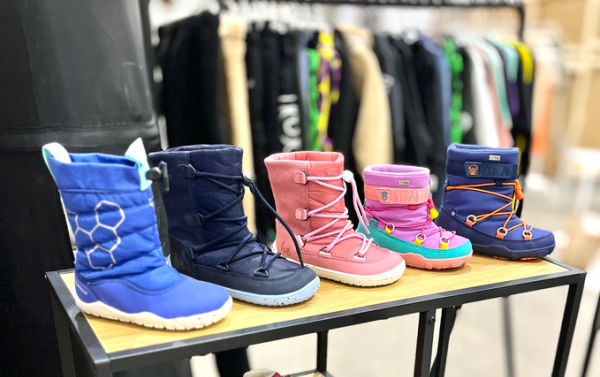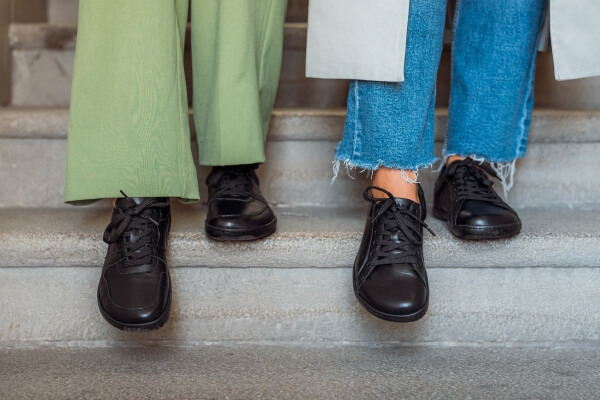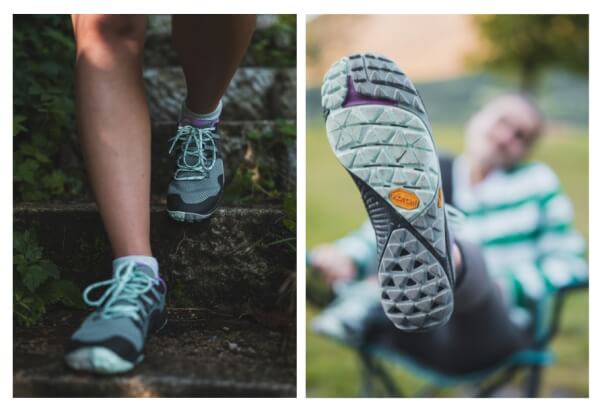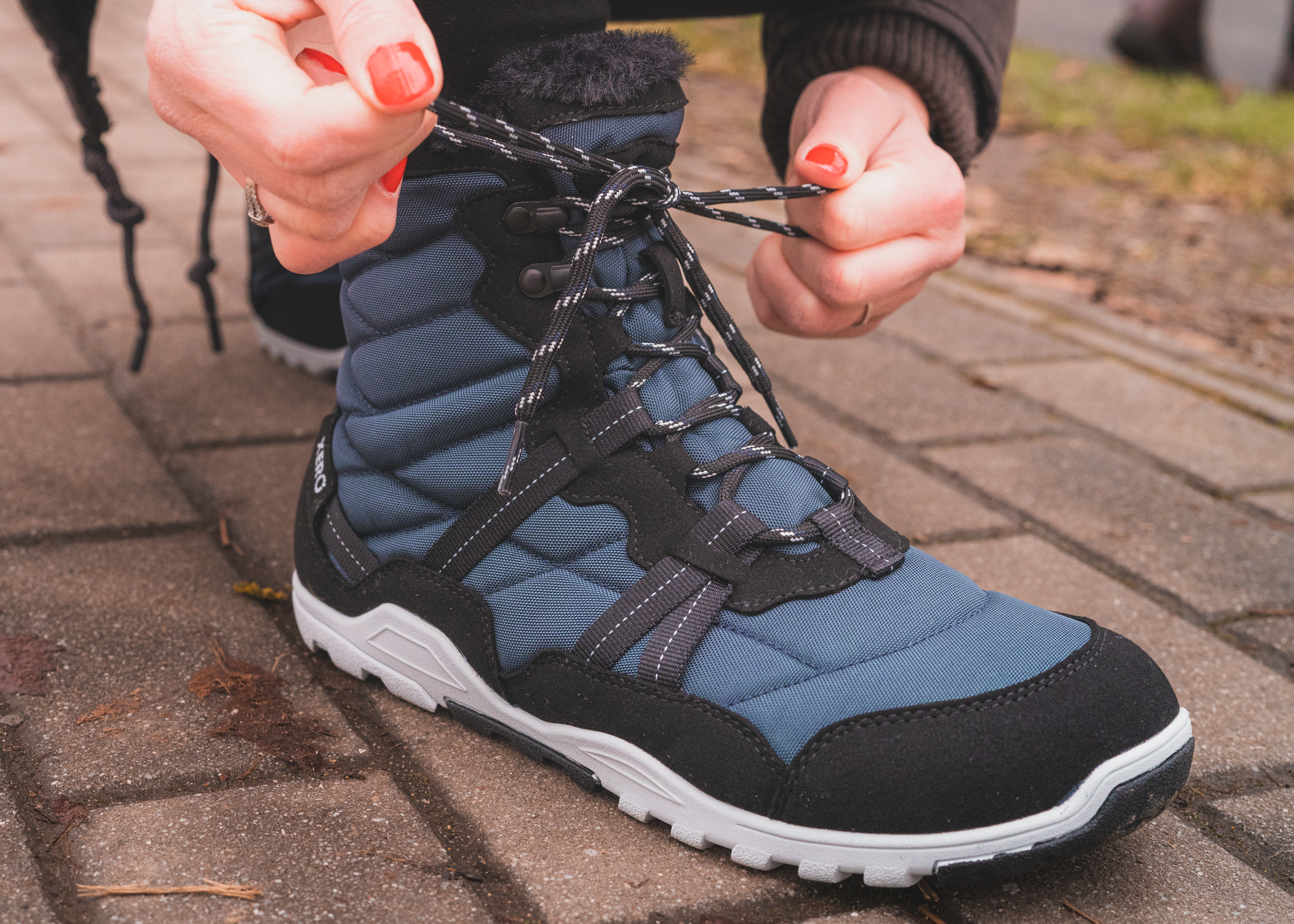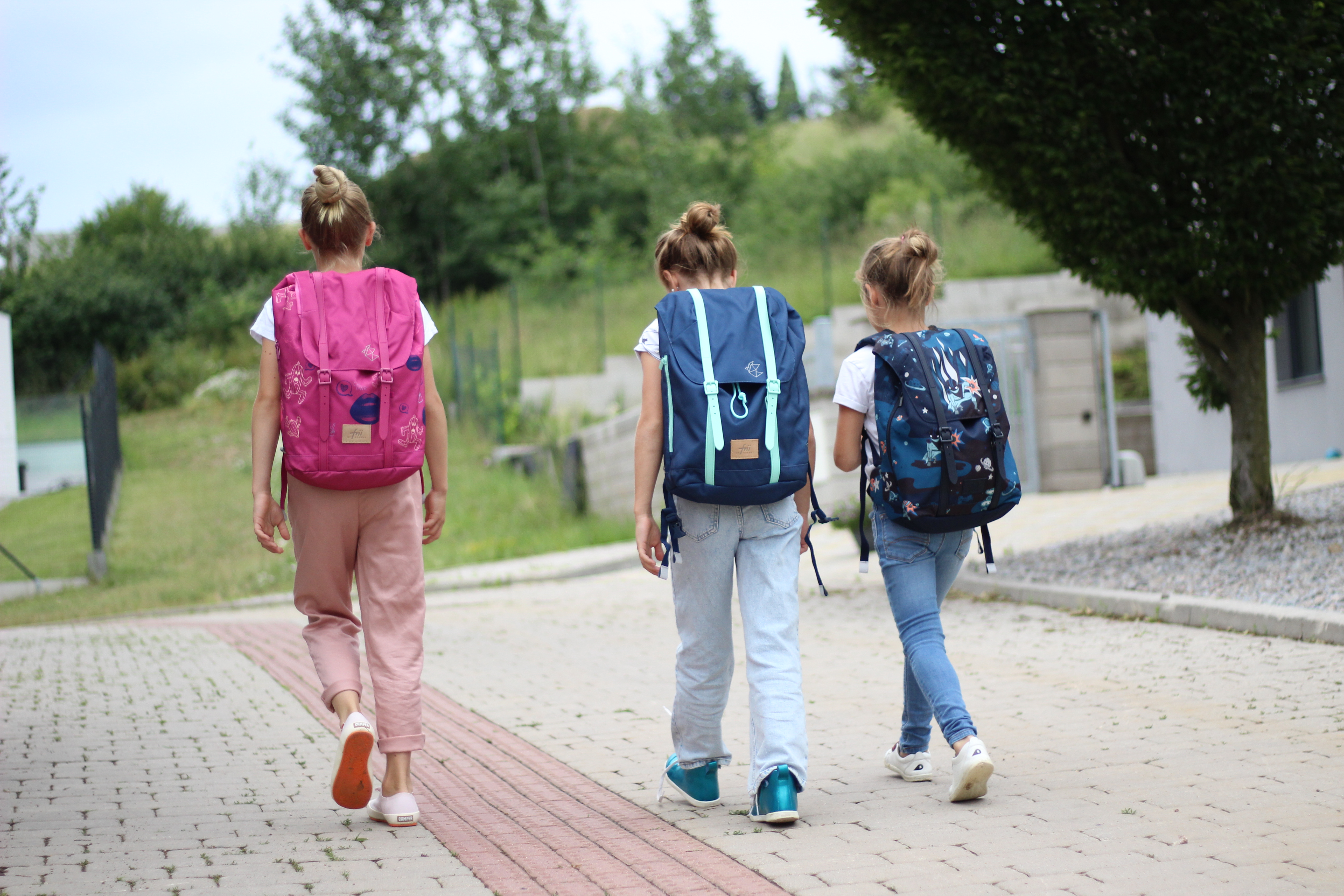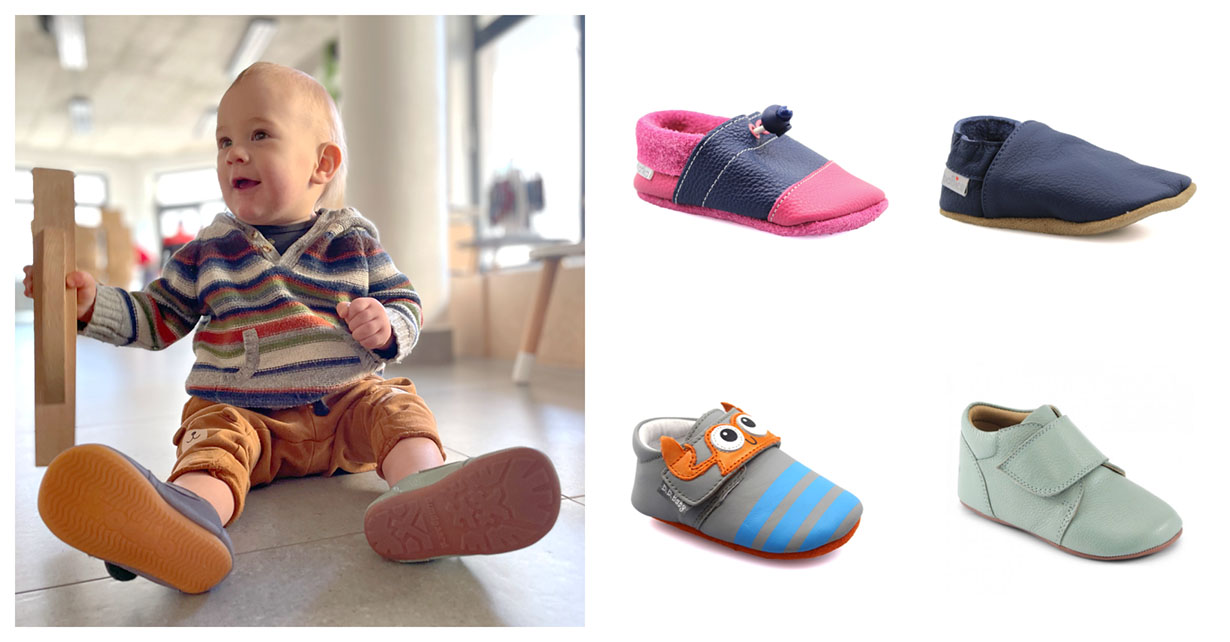The durability of barefoot shoes is one of the often discussed myths, so in this article we bring an objective view from users, as well as our own experience of wearing barefoot shoes.
Content of the article
What is the real durability of barefoot shoes?
After ten years of wearing barefoot shoes, we can honestly say that the actual durability of barefoot shoes is not much different from regular shoes. The end result depends on many factors. With careless use, you can ruin your shoes in a moment, on the contrary, careful handling can extend the life for many years of happy use.
Therefore, it is not possible to express a single number for how many years barefoot shoes will last. Even in our family some of them deteriorated faster (especially in the whirlwind of children's play), others lost their gloss very slowly, it always depended on the particular type and the owner.
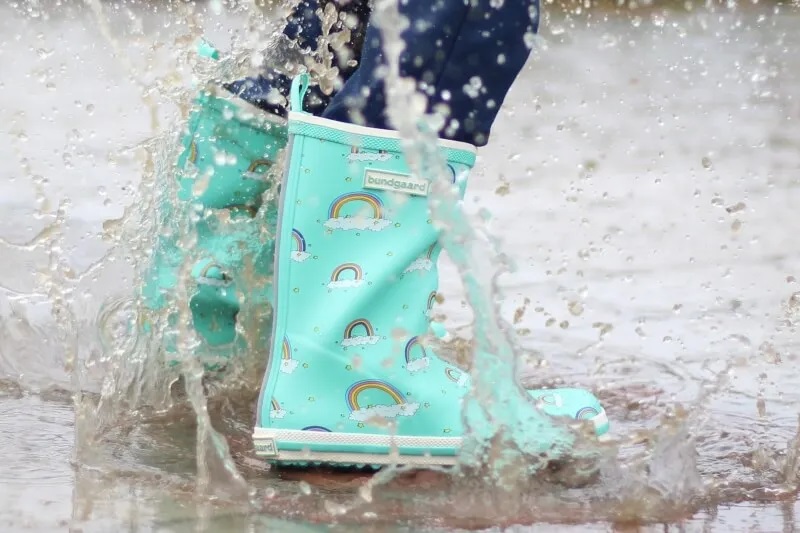
Users' reviews
Long-time barefoot shoe users shared their impressions of the durability of the shoes in a questionnaire:
- "Leguano has been with me for 7 years and I don't spare them (and they still hold up). I like their immortality and the fact that they can be washed. They can handle the city, nature and water."
- "For me, I most appreciate the comfort and also the increased resistance of the Ahinsa shoes against the trench... I often trip and so far without a single damage."
- "For Vivobarefoot I rate their endurance positively. Even after 6 years of almost constant wear (except in winter and bad weather), they still look the same. The sole is not punctured, they don't peel off anywhere. Very high quality workmanship."
- "I am pleased with the quality of the sole and the toe caps of Protetika shoes for my daughter (7 years old). They are immortal, both for kindergarten and for the bike or the bicycle."
- "I don't like the durability of the sole. That's usually a big problem. I've found good soles in Vivobarefoot and Ahinsa is fine too. On the other hand, I had a horrible experience with FiveFingers - the sole didn't last 3 months and the store's attitude was that it was caused by wearing them. So I wouldn't get into those shoes again. They were a waste of money."
- "Considering the low price of Fare, I was surprised by the long life, good pattern and still nice appearance."
- "The sole of the Saltic wears out quite quickly, but the manufacturer allows replacement."
- "I have tried Anatomic shoes, both leather and canvas, and they lasted from one year to three years. With the canvas ones, the sole came off the shoe after about a year."
- "I rate the quality of workmanship of Koel shoes positively. Although the soles of the children were worn out, they peeled off quite quickly, but they are holding up for me so far."
- "In Merrell Vibram shoes the sole can withstand everything, but compared to that it would want a thicker and more durable upper fabric, it has a very thin material and it gets punctured quickly."
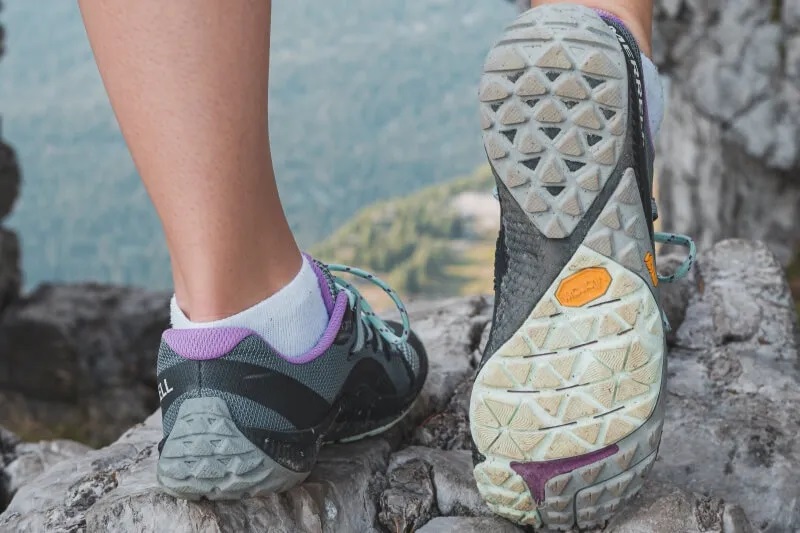
What affects the durability of barefoot shoes?
The durability of barefoot shoes affects, for example:
- Improper use - if you let children brake on the scooter with the soles or kick the toe into the stones, they are likely to wear out their shoes soon. Many types of shoes are also damaged by large amounts of water, which can break down the sole. Similarly, indoor footwear (e.g. infant shoes or slippers) are not suitable for outdoor use.
- Price/quality of materials - you can't expect the cheapest shoes made of cheap materials to last as long as more expensive shoes made of premium materials. Barefoot shoes are characterized by thin soles, but the development of materials that can be thin and durable at the same time is reflected in the price. Thus, the purchase of more expensive shoes can offset the dilution of the price over many years of use.
- Frequency of wear - someone who has one pair of shoes for the whole year and wears them daily in the city and in the countryside, in dry and wet conditions, will wear them out much faster than someone who has enough pairs in their shoe closet to rotate. We recommend to have a special pair of barefoot shoes for each season and for each purpose, the longer each shoe will serve you (unless, of course, they are children's shoes that will soon outgrow their feet).
- Regular care - many people neglect the importance of taking care products, but regular use can keep your shoes in good condition much longer than if you neglected to take care of them.
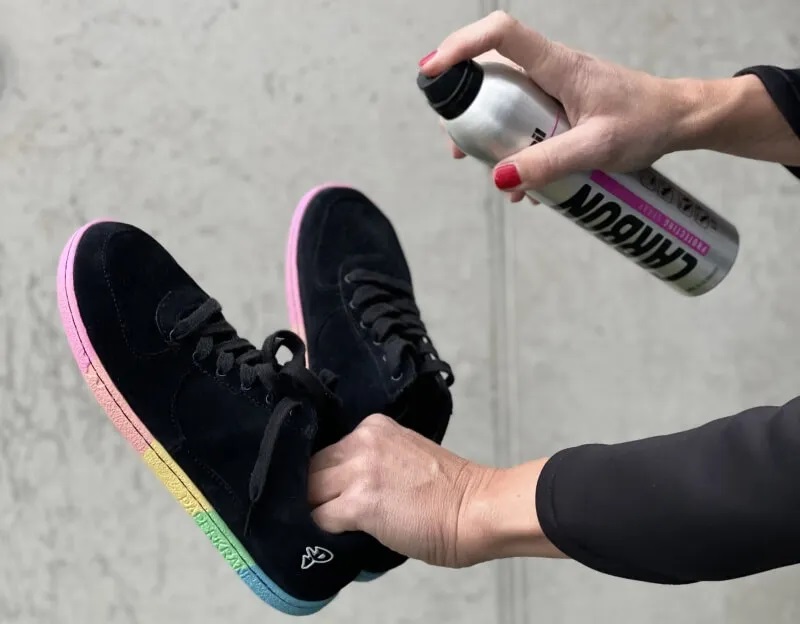
How to extend the life of barefoot shoes?
You can extend the life of your barefoot shoes by taking proper care of them. In particular, you should:
- Dry - prolonged moisture can cause odour, colour instability, delamination and mould. However, be careful how you dry the shoes, especially avoid radiant heat (hair dryer, heater, etc.), the materials could harden and crack.
- Clean - cleaning helps remove dirt and stains, but be careful not to grey or damage the shoes with inappropriate products. Better yet, check out our overview of what cleaning techniques to use for each material.
- Nourish - by creaming and lubricating your shoes, you will give them flexibility and prevent cracking. Exceptions are textiles and synthetic materials, which generally do not need nourishment, but could be harmed by greasing.
- Protect - impregnation of shoes creates a thin surface layer that protects against abrasion, water penetration, dirt and salt in winter (salt often leads to the shoes sticking together). In addition, products with a UV filter help to fix the colour of the shoes. Just watch out for waterlogged grass, which can brush off a layer of impregnation.
The protection of the footwear is absorbed after a while of use, so it is advisable to repeat the complete treatment at regular intervals of no more than a few weeks, as well as after each major load on the footwear.



